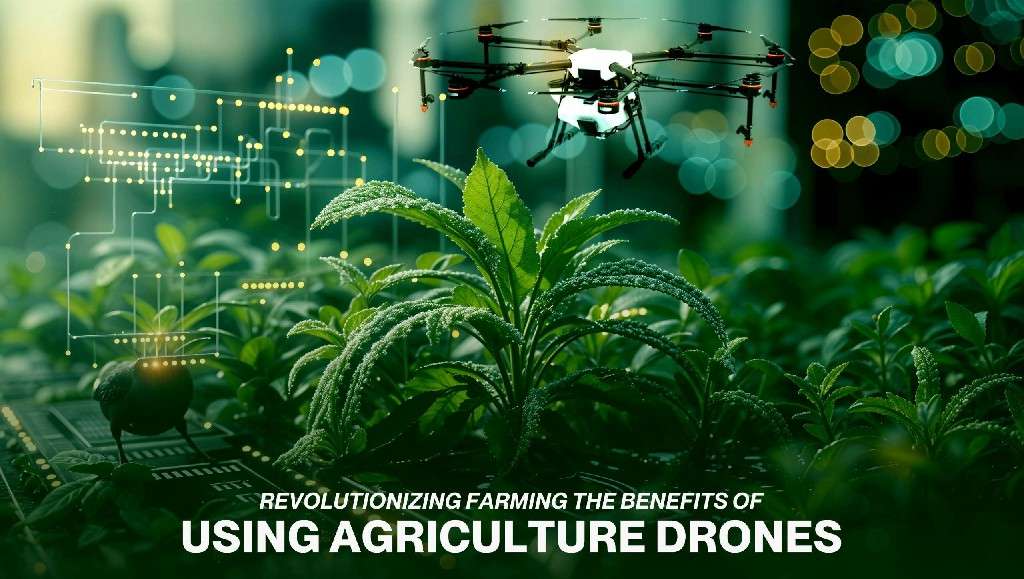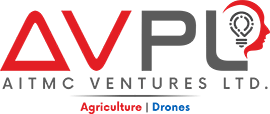
Revolutionizing Farming: The Benefits of Using Agriculture Drones.
In today’s quickly changing agricultural world, technology is essential for streamlining farming procedures and improving productivity. The agricultural drone is a technology that has completely changed how farmers work. With the help of these uncrewed aerial vehicles’ advanced sensors and imaging capabilities, farmers can map, monitor, and analyze their crops with a level of accuracy and precision never before possible. In this blog post, we will discuss the many advantages of employing agricultural drones and how they change farming practices.
Precision Agriculture at Its Finest
Agricultural drones are advancing precision agriculture, providing a set of instruments that turn farming from an artful practice to a data-driven science. These advanced aerial vehicles soar over fields, equipped with state-of-the-art sensors that collect abundant high-quality photographs over large land areas. This aerial perspective opens up a new area of crop management and gives farmers the in-depth knowledge required to micromanage every facet of their farming methods.
Drones used for agriculture have the magic to turn these aerial photos into helpful information. A clear picture of a farm’s current condition is painted via their lenses, highlighting the subtle symptoms of pest activity, fluctuations in nutrient levels, and the subtleties of crop health. This abundance of data is revolutionary for farmers as it allows them to identify problem regions and customize their actions precisely. Whether choosing the correct quantity and type of fertilizers, adjusting irrigation schedules, or implementing pest control strategies, decisions are made with confidence and supported by concrete facts.
Furthermore, by using agricultural drones iteratively throughout the growing season, producers can monitor the results of their interventions and make necessary adjustments to guarantee the healthiest, most vigorous crops. Observation, analysis, and action in a cycle promote a more adaptable farming method. Farmers may increase crop vitality and produce higher-quality food by attending to emerging problems and seizing opportunities.
Drones used in agriculture essentially trigger a change in farming practices toward ones that are more exact, regulated, and knowledgeable. Farmers may usher in a new era of agriculture that combines traditional knowledge with cutting-edge technology by utilizing the power of these airborne allies. This will pave the way for more productive, efficient, and sustainable farming futures.
Effective Crop Mapping and Monitoring
One of the agricultural drones’ most notable features is their ability to quickly and accurately create accurate crop maps while monitoring large areas of farmland. This is possible because of the use of cutting-edge imaging technology, such as thermal and multispectral cameras. These advanced instruments allow drones to collect minute details about various land areas, including plant health, soil characteristics, and moisture content.
Drones use this high-resolution data to make precise maps, which are essential for managing agricultural fields. These maps are critical for monitoring the development and growth patterns of crops throughout time and aiding in identifying disease-ridden or underperforming areas. These findings can help farmers decide on crop rotation, planting techniques, and harvest scheduling.
This technique has effects that go beyond the condition of crops today. Farmers can foresee possible problems and take preventive action by tracking changes and trends over time. This proactive strategy can lower the chance of crop failure, increase resource efficiency, and ultimately support a more robust agricultural system.
Drone surveillance data can also improve irrigation techniques and guarantee that water is applied evenly over the area. This improves crop output and general health and makes the best use of water. Drones’ accuracy in operation enables focused interventions, reducing waste and improving farming operations’ sustainability.
Drones in agriculture are altering crop management by changing the way mapping and monitoring are done. Their capacity to swiftly cover vast stretches of land and the richness of information they offer render them indispensable tools in the search for more productive, sustainable, and efficient farming techniques.
Improving Water Conservation and Irrigation Efficiency
Drones used in agriculture offer a new kind of irrigation that completely changes how water is applied to the fields. With the precision these drones provide, irrigation becomes a targeted strategy rather than a blanket one in areas where water scarcity is a significant problem. Drones fitted with real-time sensors that measure soil moisture content and produce comprehensive maps of moisture distribution throughout the farm enable this targeted irrigation.

